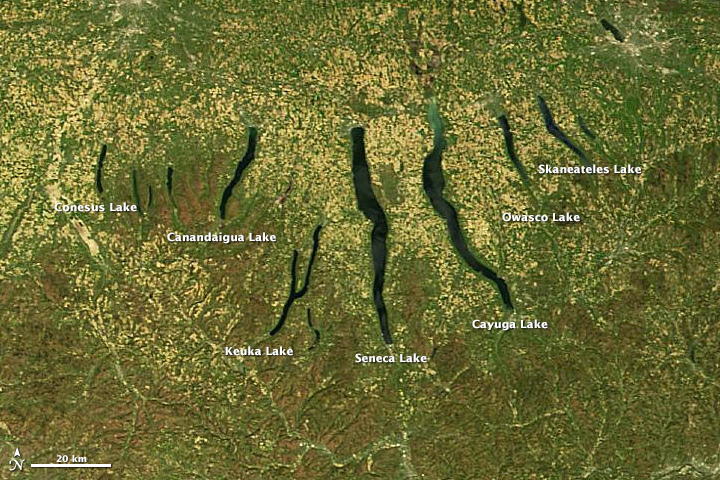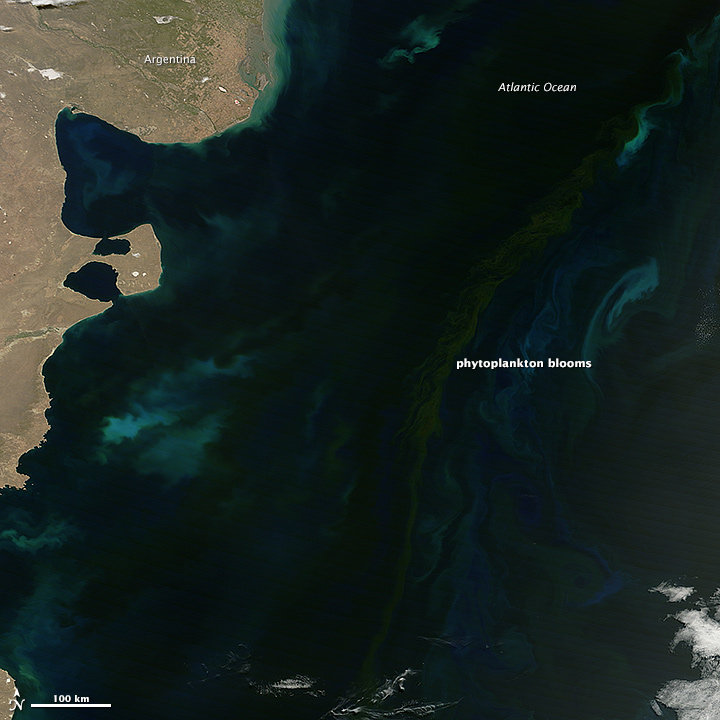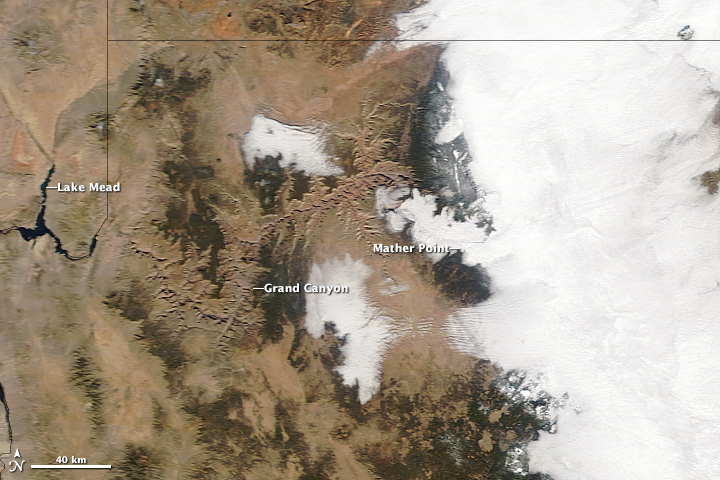Urban Heat Islands are caused by materials in buildings, parking lots, and other infrastructures in cities that capture and store radiation from the sun. Often these materials are impervious, meaning that no liquid can penetrate directly into the ground. These materials release energy at night in the form of heat. A recent publication presented at American Geophysical Union sought to assess the urban surface heat island signature on land surface temperature change over the United States and make comparisons to local air temperatures provided by the Global Historical Climatology Network. The team used the National Land Cover Database Impervious Surface Area and the MODIS Land Surface Database from 2001 and 2006.
The team overlaid the National Land Cover Database Impervious Surface Area map over the local air temperatures from the Global Historical Climatology Network station distribution map, identifying over 300 urban settlements. They compared the local air temperatures versus the land surface temperatures at night and at midday. They found that the observed temperature change was evident in both sets of data, however the magnitude differed. Local air temperatures from the Global Historical Climatology Network tend to underestimate the surface temperatures during daytime, especially during summer and in non-forested stations.




